The Best Resource To Find A New Place To Live
Regular readers know I’m a map geek and always on the hunt for cool new map-based tools that help with any aspect of our financial lives. I have a geoarbitrage resources page that highlights tons of such tools, and today I’m going to cover a new one.
I recently stumbled upon a cool mapping tool to help you find a new place to live and that let’s you narrow things down by some unique preferences. Let’s dive in!
MoveMap
MoveMap is a really slick interactive map of the counties of America that can help you find a new place to live based on a unique set of preferences and tastes. (I have no affiliation with MoveMap or any mapping sites I highlight, I just like sharing this stuff!)
When you open MoveMap it shows the 3143 counties in America color coded by home price.

You’ll see in the upper left you can change the data from “buy” to “rent” to see that data. If you hover your mouse over a county you’ll get a pop-up window that displays the name, and if you click on a county it’ll zoom to it and display a box that shows more information. (note: this functionality might not work well on phones and tablets with touch screens and like most online mapping tools this site probably functions best on a desktop computer)

The first thing I noticed about this pop-up box is the term “typical home price”. Data nerds like me do not like that kind of terminology. We want to see “average”, or “median”, or something that describes a distinct mathematical method of calculation.
I looked into their data sources and they use Zillow for the home price and rental data. Zillow uses the term “typical home value” which is “the typical value for homes within the 65th to 95th percentile range for a given region”. You can read about Zillow’s methodologies here if you’re so interested.
Regardless, the home price or rental data is not the best feature of this site. There are tons of sites that show that stuff in different ways. This site distinguishes itself by allowing you to narrow down places based on other unique preferences.
Get Picky
Do you like the mountains as much as I do? Wanna live near them? Here’s all the counties in America within a one hour drive of mountains.

Pretty cool huh! And there’s a lot more. You can filter the map by:
- Typical home price
- Tax burden
- Travel time to a coast
- Average daytime temperature in summer and winter
- Amount of sun
- Amount of precipitation
- Population Density
- Locations within 2 hours to a major airport
- Percent of adults with a bachelors degree
- Median age
- Political leanings
- Average grade school test score results vs national average
Additionally, if you’re focused on natural disasters you can have it show areas that mostly avoid earthquakes, hurricanes, tornados, wildfires, and drought. And you can turn on multiple filters at once and continue to narrow down areas as you go.
For instance, here are counties that have a typical home price below $300,000, are within 3 hours of the mountains, have a lot of sunshine, very little precipitation, and that have little chance of wildfires. You can see what filters you’ve added at the top of the map at all times.

This tool is basically doing a pre-canned version of a geographic information system (GIS) which is what I made my career out of, so of course I love it.
Same Data Different View
If you click on a county and get the pop-up box that I showed above for Fauquier County Virginia, there a blue box that says “Learn More”. Clicking that launches a new browser window that shows all of the data and choices listed in MoveMap but only for that county.
Here’s how it looks:

I especially like the home price chart, it’s a great way to see which areas might be in more of a bubble or that conversely might be undervalued as compared to others.
One last feature to mention is the MoveMap quiz which you can access by clicking the 3 little vertical dots in the upper right portion of your screen (desktop version). When you do that you are presented with a series of questions about your preferences that are directly tied to their data sources. You have to choose at least 3 but can choose more, and then you click “see results” and the map will show the places that meet your preferences.
Overall, I’m very impressed with MoveMap from a design and simplicity perspective. They didn’t bog down the site with too much data or too many functions, but they have enough to make it very valuable and the user interface is intuitive and functional. For my money it’s probably the best mapping site that attempts to help you find your next move.
Geoarbitrage
So there you have it financial warriors, a really slick and well-design mapping tool to help you find a new place to live that uses some financial data but also lots of other inputs that relate to quality of life and even safety.
I do lots of posts like this that show various aspects of money and finance from a location perspective. So you’re considering Geoarbitrage in the United States be sure to check out my Geoarbitrage Resources Page which has tons of great tools to help you find your perfect location.
I hope you find these resources handy and I will continue to expose valuable tools that can help when deciding on a geoarbitrage strategy.




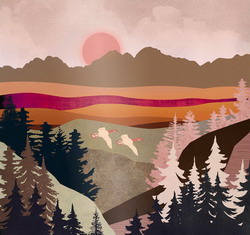
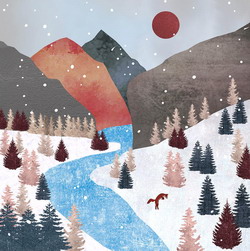
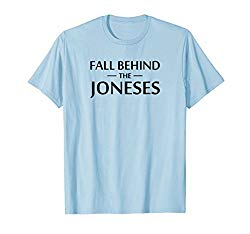
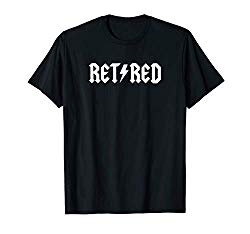




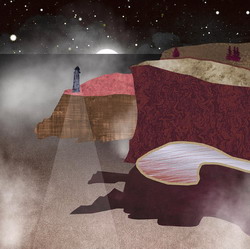







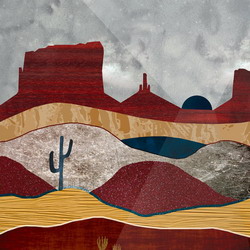


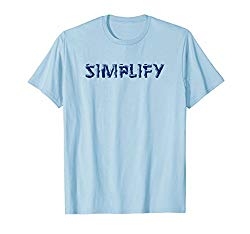

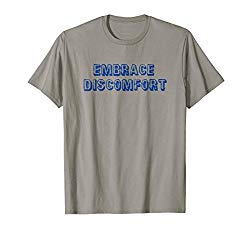


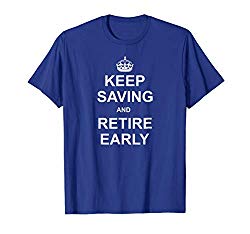













Great tool! So will you be moving to Colorado? There are still some cheap places, though the political climate might not agree with everyone.
Colorado is definitely one of the states on my wish list for moving or at least owning a place. I know the state well and have many friends there 🙂
there are no data for my tiny home town area. i had to look it up and my little town now has 930 people living there in 23 square miles. lots of room to roam, plenty of water, and cheap housing. anyone in nevada and arizona where prices are on the rise and water is getting scarce can go be a hillbilly in the sticks!
Heck yeah Freddy! Hillbilly life is totally underrated. I’m in a weird suburban middle class area that leans hillbilly. Always someone around to help you wrench on something, and it’s socially acceptable to wear pajamas to Walmart. Love it.
Ha, what’s socially acceptable indeed varies widely depending on where you are. Maybe the map should have a category for wearing pjs to Walmart
I thought you lived in Buffalo but since you are a man of mystery you might have secretly moved 🙂 The map uses counties to aggregate so no matter what town it is it’s within a county and you should be able to get some data. But I realize many western counties are ginormous and diverse.
Dave, you are not a fauquier resident are you? If so it is small world and would love to meetup sometime.
I’m not but I live in the D.C. Metro Statistical Area. There used to be FI meetups here when we had a tighter community but that went by the wayside. Thanks for reading!
Very cool. Wish there was something similar for Canada. Although I’ve already picked a location so too late for me.
There’s an opportunity here for Canadian mapping geeks!
And always give the data a logic check before jumping in! The Ozarks are “mountain” in name only (as are parts of the Appalachian Mountains), and west Texas does have some areas that are certainly more mountainous than the Ozarks and the Appalachians.
Absolutely. The Guadalupe Mtns are in west Texas (I’ve climbed Guadalupe Peak 🙂 and they are wonderful. They do have more prominence than the Ozarks but not the Appalachians. Either way, I think the site probably went for the easiest “traditional” descriptors of mountain ranges and in size at least – by that I mean total area not vertical – the Ozarks are bigger than the Guadalupe and the Appalachians certainly are. As a lover of mountains thanks for pointing out a nuance for accuracy sake!
Agreed that the data is definitely the easy data. As far as prominence, the Appalachians in central PA tend to be 600-800′ higher than rivers below, sometimes peaking 1000-1200′ higher. Less prominent than the SF Bay Area’s “East Bay Hills”.
The Appalachians in PA are not that big. But overall the Appalachians have way more prominence than those little San Fran hills, many over 5000 feet – trust me I’ve climbed them. This is a short list of the biggest mtns by prominence and as you can see they range from Maine down to North Carolina (but none in PA). One of the most fun ones I’ve climbed is Mt. LeConte in the Smokys which has a notorious 3900ft. elevation gain in just 2.5 miles. The sucker just goes up – and steeply! Oh and of course the infamous Mt. Washington which goes up 4200ft in 2.5 miles. I’ve climbed it 5 times 🙂
Thanks for the intro to Move Maps, never heard of it. I just used to use a blend of City Data, Smart Wallet, and other ranking sites to create a list of ideal cities. Now if Move Maps also has the ability to rank places with plenty of fitness facilities, certain restaurants, and public infrastructure I would be the biggest fan of it.
Once you get down to individual facilities the map can’t be aggregated by county, you would need a smaller unit of aggregation like zip code or census tract. Try https://www.bestplaces.net/ as they have lots of data and factors and there are other options on my geoarbitrage resources page at the bottom.
Yeah Best Places and your Geo link I’ve visited, both great resources for sure! Thanks for the reminder.
Interesting. We want to move to Santa Barbara, but it is very expensive there. I think we’ll rent for a few years and see if we really like it. This site is cool for narrowing things down if you don’t have a particular destination in mind.
Glad you like it Joe and hope it can help you!
Good tool Dave! After our move I’m still waiting for geo-arbitrage to pay off. We moved from one of those ‘bright red’ regions to one of the light blue/green. So far I’m not seeing it, but I still have hope once we find a house. 😉
Hope the tool can help you. It’s been interesting following the nuances of your move, I’m sure things will work out for you!